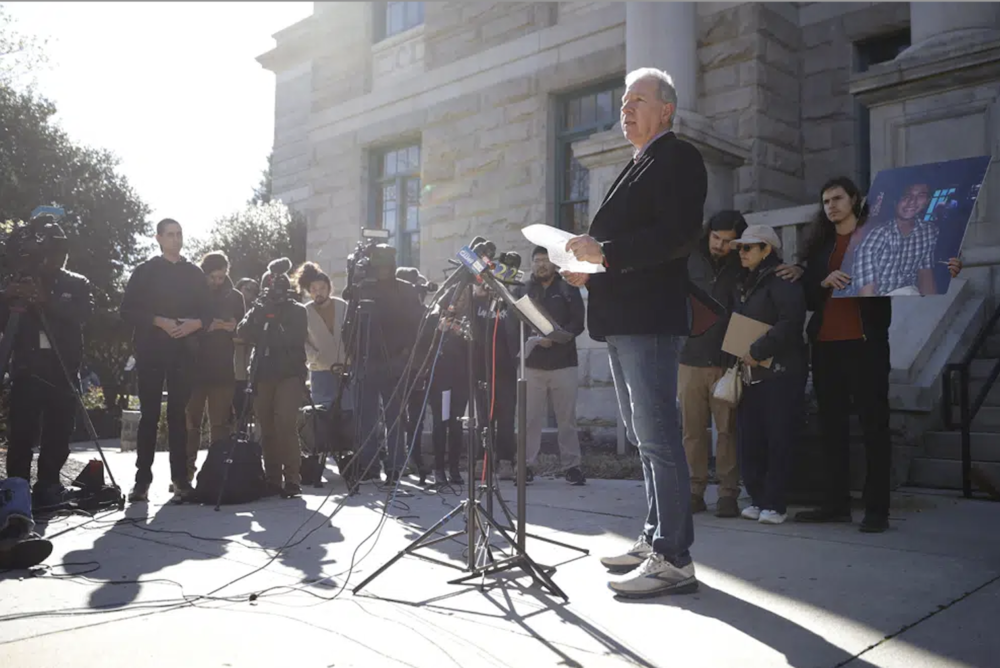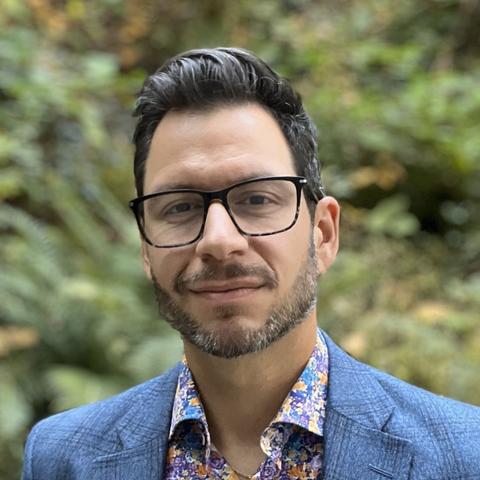
Caption
Joel Paez, father of Manuel Esteban Paez Terán, speaks during a press conference, Monday, March 13, 2023, in Decatur, Ga. A press conference was held to give additional autopsy findings in Terán's death.
Credit: AP Photo/Alex Slitz

